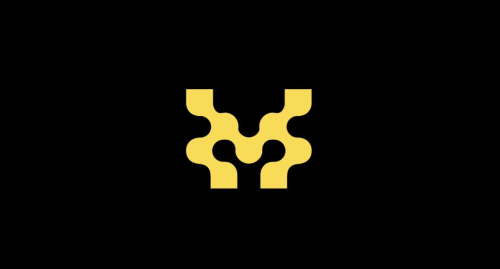Web3 AI: From Concept to Ecosystem - The Rise of AI Agents

Looking back at the evolution of AI in Web3, we can observe a distinct development path that differs markedly from Web2's traditional "infrastructure → application → experience" progression. Instead, Web3 AI has followed a unique trajectory of "decentralization → community → ecosystem."
The first phase was characterized by idealism. Projects during this period heavily borrowed from Web2 concepts, attempting to reconstruct AI infrastructure on blockchain. However, constrained by current technological limitations and Web3's scale, these projects often found themselves trapped in a paradox: grand narratives but difficult implementation. Experience has shown that truly decentralized AI infrastructure will remain theoretical for the foreseeable future.
The second phase saw the rise of community-driven meme projects. This represented a rebellion against the first phase's grandiosity, with projects prioritizing community engagement over technical complexity. While their product offerings were simple, these projects excelled at community building, embodying the Web3 spirit in an almost absurdist fashion.
Now, we're entering the third phase: the era of AI ecosystem integration. This is where AI agents have begun to emerge. Unlike previous phases, AI agents emphasize practical utility and contextual integration. They aren't standalone entities but intelligent proxies that need deep integration with specific ecosystems.
Against this backdrop, Movement's success and recent Binance listing have opened new possibilities for AI agent development. As a next-generation blockchain combining EVM and Move capabilities, Movement provides not just enhanced security and flexibility, but also supports richer applications for intelligent agents.
Within the Movement ecosystem, DeAgentAI stands out. As the first project aiming to create a Web3 AI feedback incentive protocol, DeAgentAI addresses core challenges in AI agent development. Through its innovative proof-of-insight mechanism, it solves the challenge of deploying large models in specific scenarios while aggregating AI agents through an indexing network. Their impressive achievement of over 60 million on-chain interactions on Movement's testnet demonstrates strong product-market fit.

Looking ahead, AI agents are likely to evolve along several key trajectories:
Vertical Specialization: AI agents will develop distinctive advantages in specialized areas like investment portfolio management and smart contract auditing
Ecosystem Integration: Quality AI agent projects will become deeply embedded in blockchain ecosystems as essential infrastructure
Value Networks: Different AI agents will form collaborative networks, complementing each other's capabilities through aggregation platforms
Governance Innovation: Blockchain-based incentive mechanisms will drive continuous improvement in AI agent quality
In this new era of AI ecosystem integration, DeAgentAI's trajectory merits close attention. It represents not just a crucial component of the Movement ecosystem, but a new direction in Web3 AI development. As traditional AI systems evolve towards more specialized and interconnected forms, projects like DeAgentAI are pioneering the path toward a more integrated and efficient Web3 future.
The convergence of AI agents with blockchain ecosystems marks a significant shift from earlier Web3 AI initiatives. Rather than attempting to reinvent the wheel or creating isolated solutions, this new approach focuses on practical integration and real-world utility. This could fundamentally reshape how we think about both AI and blockchain technology, creating new possibilities for decentralized, intelligent systems that can effectively serve user needs while maintaining the core principles of Web3.